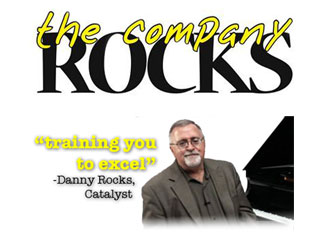Many people create goals – but few of those goals are ever reached. In this video I show you how to write a contact with yourself to reach your goal in five structured steps.
(Note: This is a re-post so that I can feed this video to my free Podcast on iTunes.)








 Write a Contract with Yourself to Reach Goals in Five Steps [ 0:01 ] Hide Player | Play in Popup | Download (626)
Write a Contract with Yourself to Reach Goals in Five Steps [ 0:01 ] Hide Player | Play in Popup | Download (626)













